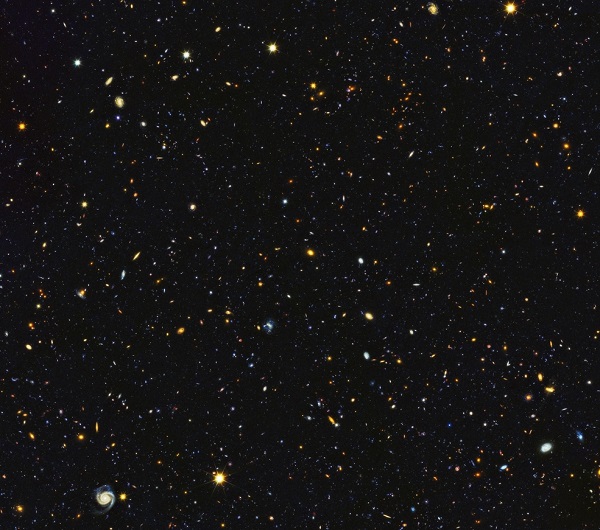
Beijing, (Asian independent) Chinese scientists have proposed a space project to survey the sky through a space-borne telescope to hunt for habitable Earth-like planets outside our solar system, about 32 light-years from Earth.
If the project, named Closeby Habitable Exoplanet Survey (CHES), could be carried out, it will be the first space mission specially designed to search for habitable terrestrial planets around the nearby Sun-like stars, Xinhua news agency reported.
According to the project, a 1.2-metre-aperture optical telescope with high image quality, high stability, and low distortion will be placed into a Halo orbit at the second Lagrangian (L2) point of the Sun-Earth system and maintain a stable operation period of at least five years in that orbit.
The telescope will explore approximately 100 Sun-like stars, with each of them being observed at least 50 times.
The Halo orbit at the Sun-Earth L2 point is less affected by Earth’s gravity, and the thermal radiation environment is relatively stable. The satellite can work for a long time with little fuel consumption, which is very suitable for astronomical satellites to conduct continuous observation, the report said.
The exploration of habitable planets outside the solar system is one of the key frontiers of fundamental research in astronomy. It will offer crucial clues to the issues such as “Are we alone in the universe?” and “How can planets become the cradle of life?” according to Ji Jianghui, a research professor from the Purple Mountain Observatory of the Chinese Academy of Sciences, who is the principal investigator of the CHES mission.
He said more than 5,000 exoplanets have been discovered and confirmed so far, including about 50 Earth-like planets in the habitable zone, but most of them are hundreds of light-years away from Earth.
“The discovery of the nearby habitable worlds will be a great breakthrough for humankind, and will also help humans visit those Earth twins and expand our living space in the future,” Ji said.
The CHES will observe about 100 Sun-like stars 32 light-years away on a long-term survey, and will hopefully discover roughly 50 Earth-like planets or super-Earths, planets that are up to about 10 times the mass of Earth, in habitable zones around nearby Sun-like stars, especially planets that have similarities in size, orbit and habitability to Earth.
The CHES will conduct an extensive survey on the number, true planetary masses and three-dimensional orbits of those habitable planets, Ji added.
Based on the space-borne ultra-high-precision relative astrometry, the CHES will precisely measure the micro-arcsecond-level angular separation of a target star relative to six to eight standard reference stars.
This subtle change can be used to calculate the very tiny wobble of the target star caused by its revolving planet’s gravitational perturbations and detect those terrestrial planets in the habitable zone with real masses, the report said.







